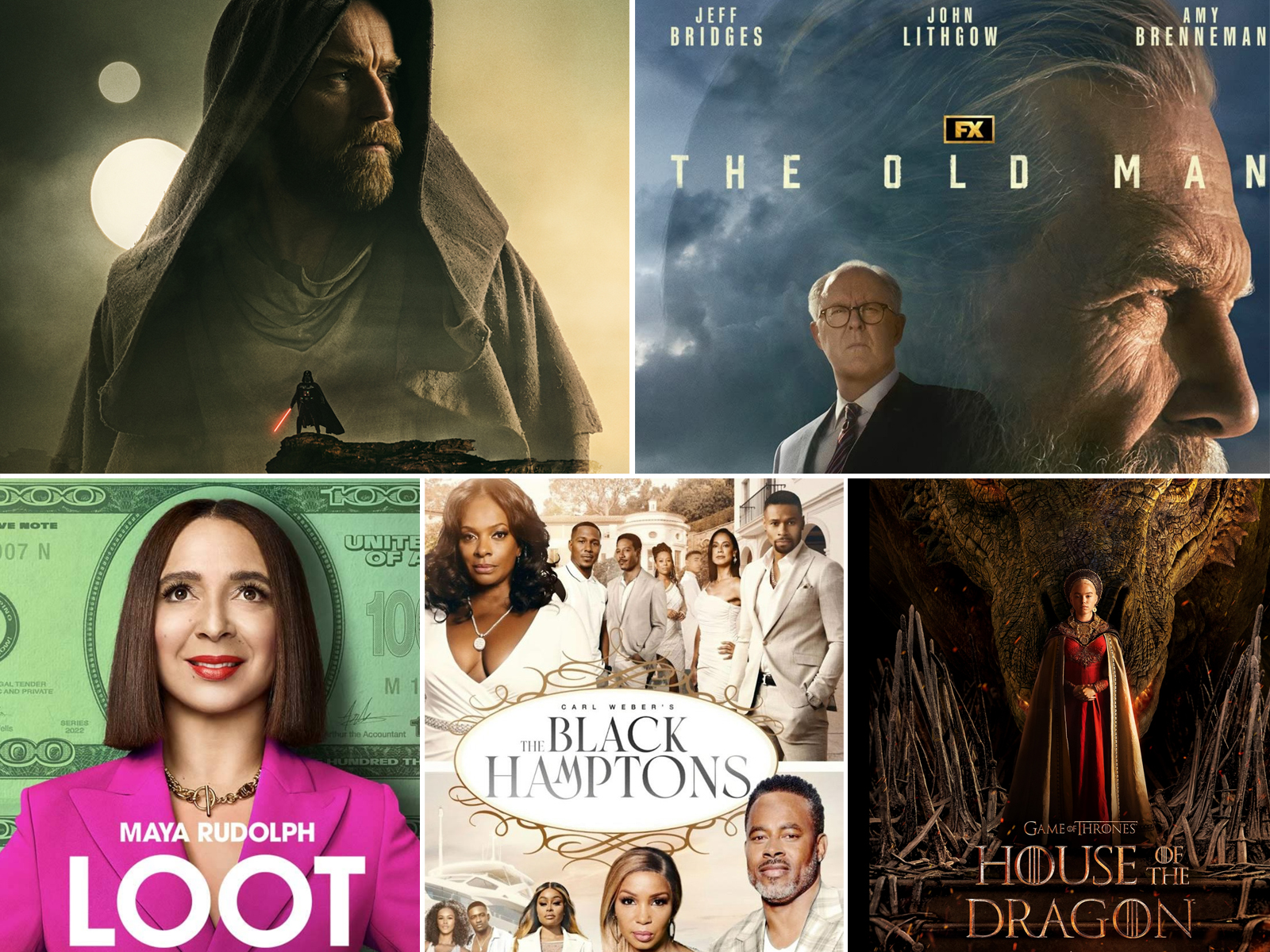
- Television
Summer is No Longer a TV Wasteland
Perusing through the television landscape of the summer of 2022, viewers are tuning in to new episodes to some of the mediums most cutting-edge and innovative series. Stranger Things, Hacks, Only Murders in the Building, The Umbrella Academy, Westworld and Peaky Blinders have returned to their streaming homeland while debuting shows such as Obi-Wan Kenobi, The Old Man, Loot, The Black Hamptons and the highly-anticipated House of the Dragon, a prequel to Game of Thrones, get their chance to hook viewers into binging weekends.
But the months of summer didn’t always used to be so creatively enticing. In fact, much like the educational system, the powers that be used to believe their audience didn’t view June, July and August as an opportunity to learn anything new. For years, the major networks used the season to either repeat episodes of their hit comedies and dramas; dump series they already shot but didn’t have faith in or, as they did in the 1970s, fill their schedules with unorthodox variety shows.
With the plethora of streaming and cable options, there is no such thing as a summer TV hiatus anymore. Television programming is now a twelve-month equal opportunity employer.
Back in 1977, Washington Post critic Tom Shales wrote a commentary on the summer television season. He reckoned that the reason most networks (there was no Internet back then) wouldn’t program in the summer is that viewership would significantly drop. At the time, an average of 48 million homes would be tuned in during peak hours, while in the summer months, that number would drop to 37 million. How much has changed in these nearly 45 years? While there is an average of 120 million homes equipped with television, during the last week of June’s network ratings, which saw 60 Minutes in the number one spot, there were only a little over 6 million viewers.
Ironically, the number two show for that week was NBC’s America’s Got Talent, a throwback to those network variety shows of the 1970s. The original tip of the hat to that tradition was American Idol, which premiered during the summer of 2002 and captured the publics imagination, taking over the ratings with more than 12 million viewers, a number long time forgotten for summer shows. This led to an onslaught of reality talent shows such as So You Think You Can Dance, World of Dance, Project Runaway, The Masked Singer, and of course, The Great British Bake Off.
But in those summers of the 1970s, the then Big Three networks of ABC, CBS and NBC, had success during regular primetime programming with such variety shows coming from the likes of Dean Martin, Sonny and Cher, Glen Campbell, Carol Burnett, Flip Wilson and Donny and Marie Osmond, decided to turn to the format with lesser-known personalities to see if the lighting would strike twice. In most cases, it didn’t, with many only lasting one summer. It’s not to say the shows weren’t overseen by talented performers, including the likes of Bobby Darin, The Manhattan Transfer, Helen Reddy and Tony Orlando and Dawn. But the public wasn’t embracing the likes of Shields and Yarnell, The Starland Vocal Band, The Hudson Brothers, Melba Moore, Clifton Davis and Jerry Reed.
Once cable and streaming came into the picture, the rules of release were being rewritten faster than the shows could debut and substitute shows no longer needed to be considered. In fact, television has now caught up with its own big brother, cinema, in realizing that the summer is prime real estate to entertain.

